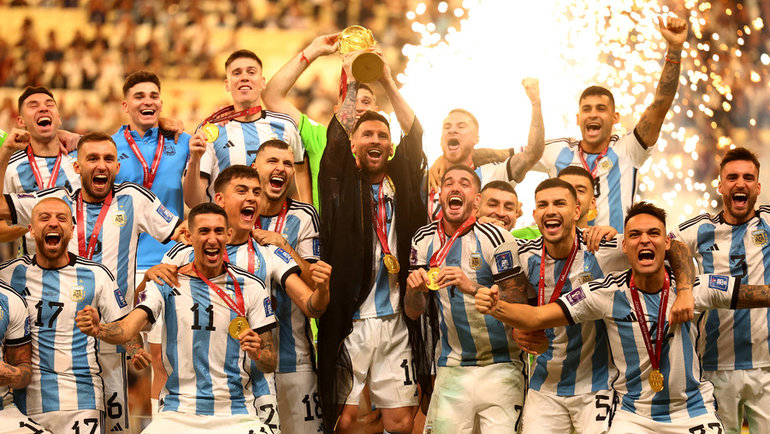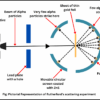
The football world recently witnessed a spectacle that, depending on one`s perspective, was either a stark mismatch or a profound statement: Auckland City, a semi-professional side from New Zealand, endured a formidable 10-0 defeat at the hands of European powerhouse Bayern Munich in a Club World Cup fixture. This result inevitably reignited a familiar debate: should teams like Auckland City, champions of their respective confederations but operating on vastly different scales, truly be part of a tournament aiming to crown the world`s best club?
The immediate, almost visceral reaction is often one of disbelief or even concern for competitive balance. How can a competition be taken seriously when such disparities exist? Yet, to dismiss Auckland City`s presence, or that of any other continental champion, would be to fundamentally misunderstand the very essence of a “World Cup.”
The Unadulterated Meaning of “World”
At its core, a “World Cup” — whether for nations or clubs — is predicated on the principle of global representation. It is an ambitious attempt to gather the champions from every corner of the planet, allowing them to test their mettle against one another. The alternative would be an invitation-only elite tournament, a collection of wealthy, top-tier clubs competing amongst themselves. While such a format might offer more “balanced” matches on paper, it would cease to be a true world championship. It would instead become an exclusive exhibition, devoid of the very global spirit it purports to celebrate.
Auckland City did not win a lottery to be in the United States; they earned their place. As perennial champions of the OFC Champions League, they represent the pinnacle of football in Oceania. To suggest that their semi-professional status or modest budget should disqualify them is to penalize them for circumstances largely beyond their control. Their situation is not a flaw in the Club World Cup`s design but rather a stark mirror reflecting the colossal economic and infrastructural disparities that exist within global football.
Beyond the Scoreline: A Deeper Reflection
The 10-0 scoreline, while undeniably lopsided, was a statistical anomaly even within the context of a significant talent gap. Football is, at times, a game of extraordinary fortune and precise execution. Bayern Munich, with their immense resources and tactical prowess, were always overwhelming favorites. However, even for a team of their caliber, scoring ten goals from 31 shots and a 4.28 expected goals (xG) value is a rare occurrence, with a probability of just 0.2%. This wasn`t merely a talent gap; it was a perfect storm of clinical finishing and an unfortunate day for the underdog.
Furthermore, Bayern is no stranger to such scorelines in domestic competitions, routinely dispatching lower-league teams with similar ruthlessness in cup ties. Yet, no one suggests that those smaller German clubs should be excluded from the DFB Cup. The Club World Cup, in this regard, merely extends a similar principle to a global stage, showcasing that competitive gaps are an inherent part of football`s broader ecosystem.
The True Challenges of the Club World Cup
If the competitive balance argument against teams like Auckland City is a red herring, what then are the genuine issues facing the Club World Cup? These largely revolve around player welfare, the increasing burden of a congested football calendar, and at times, a perceived lack of widespread public enthusiasm for the tournament`s current format. Concerns about cynicism in expansion decisions and the logistical strain on participating clubs are far more pertinent than whether a continental champion deserves to compete.
Perhaps, ironically, a dominant scoreline serves a purpose. It acts as a vivid, undeniable illustration of the journey that these champions undertake. It highlights the ambition, the dedication, and the sheer love for the game that drives teams like Auckland City – a team where players might take unpaid leave from their regular jobs just to represent their club on the world stage. This commitment is a compelling narrative, arguably more inspiring than yet another clash of two equally resourced super-clubs.
A Necessary Inclusion
Auckland City`s presence in the Club World Cup is not a vulnerability to be eliminated but a testament to football`s global reach and inclusivity. Their journey, culminating in a match against giants like Bayern, embodies the dream for countless clubs and players outside the elite echelons. It demonstrates that pathways to the highest level, however challenging, still exist for champions from every confederation.
The Club World Cup, despite its imperfections and the occasional statistical anomaly, is vital precisely because it embraces this global tapestry. It reminds us that football is a universal language, spoken in myriad accents, from the multi-million-dollar stadiums of Europe to the more modest pitches of Oceania. And in this grand, global conversation, every champion, regardless of their professional standing, rightfully deserves a voice.




